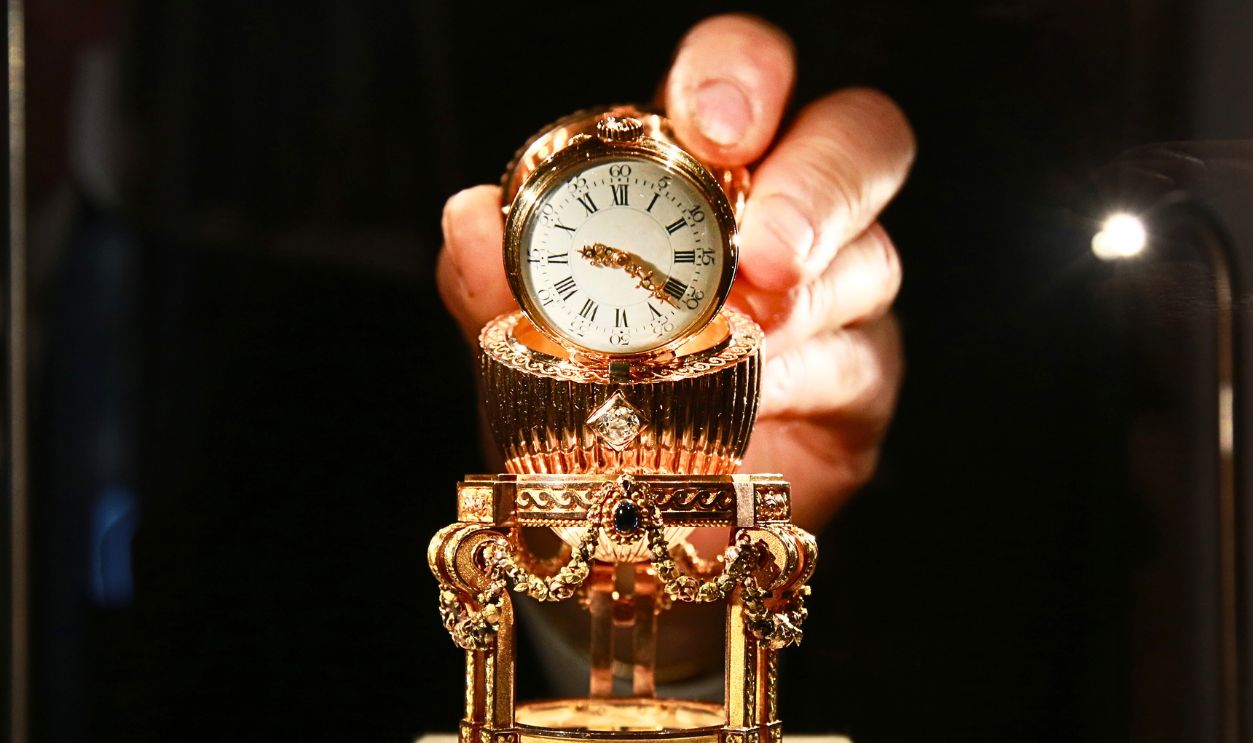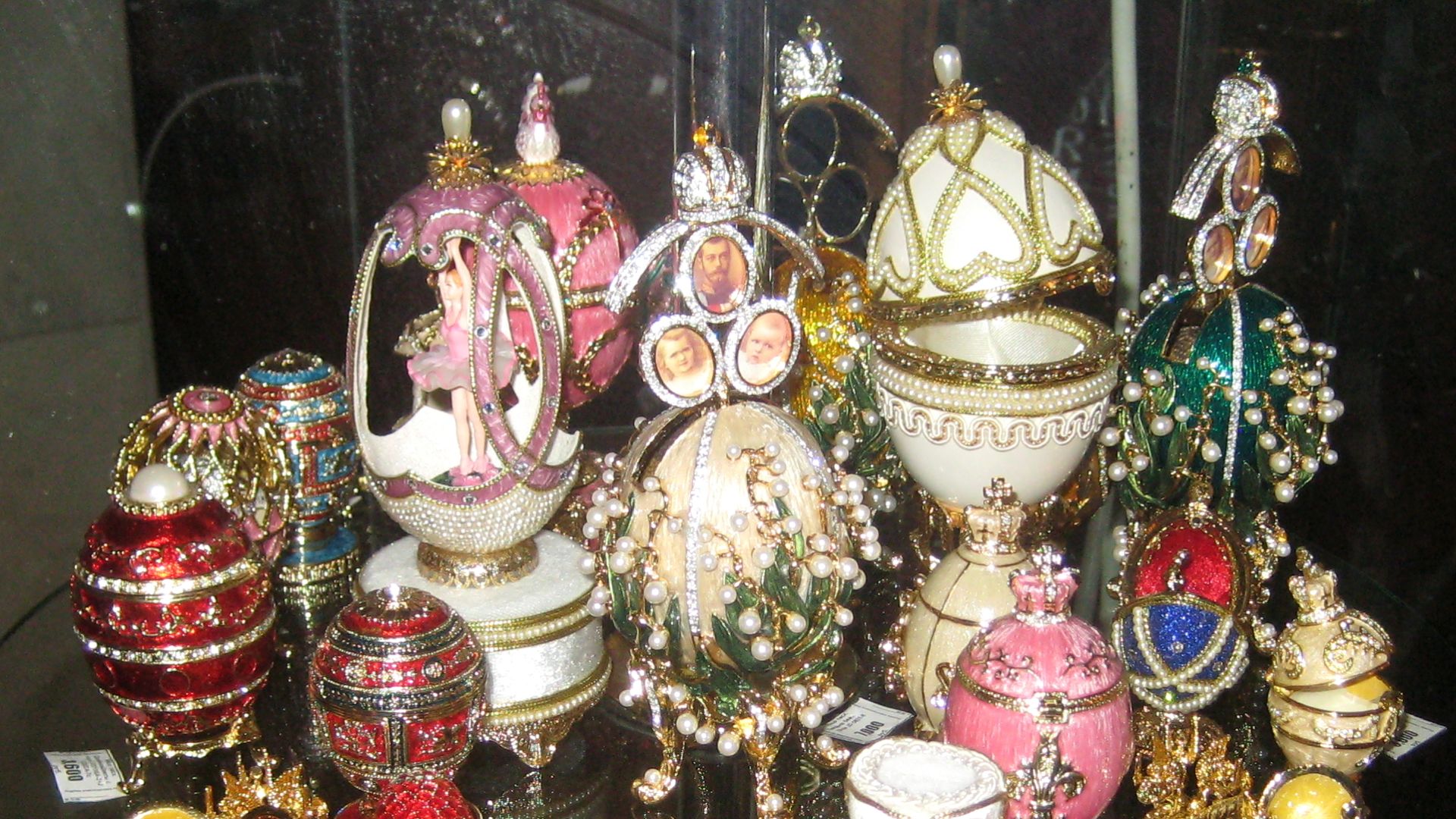When Destiny Leads You Back Home
It sat forgotten for decades, passed from hand to hand as mere decoration. Then a scrap dealer bought it for melt value—unaware he’d just revived a masterpiece crafted for the Tsar himself.

Midwestern Scrap Dealer Pays Fourteen Thousand Dollars for Golden Egg
At a modest market filled with odds and ends, one scrap dealer decided to take a chance on a glittering golden egg. The price tag—fourteen thousand dollars—felt steep, yet its weight and shimmer promised a decent return once melted down.
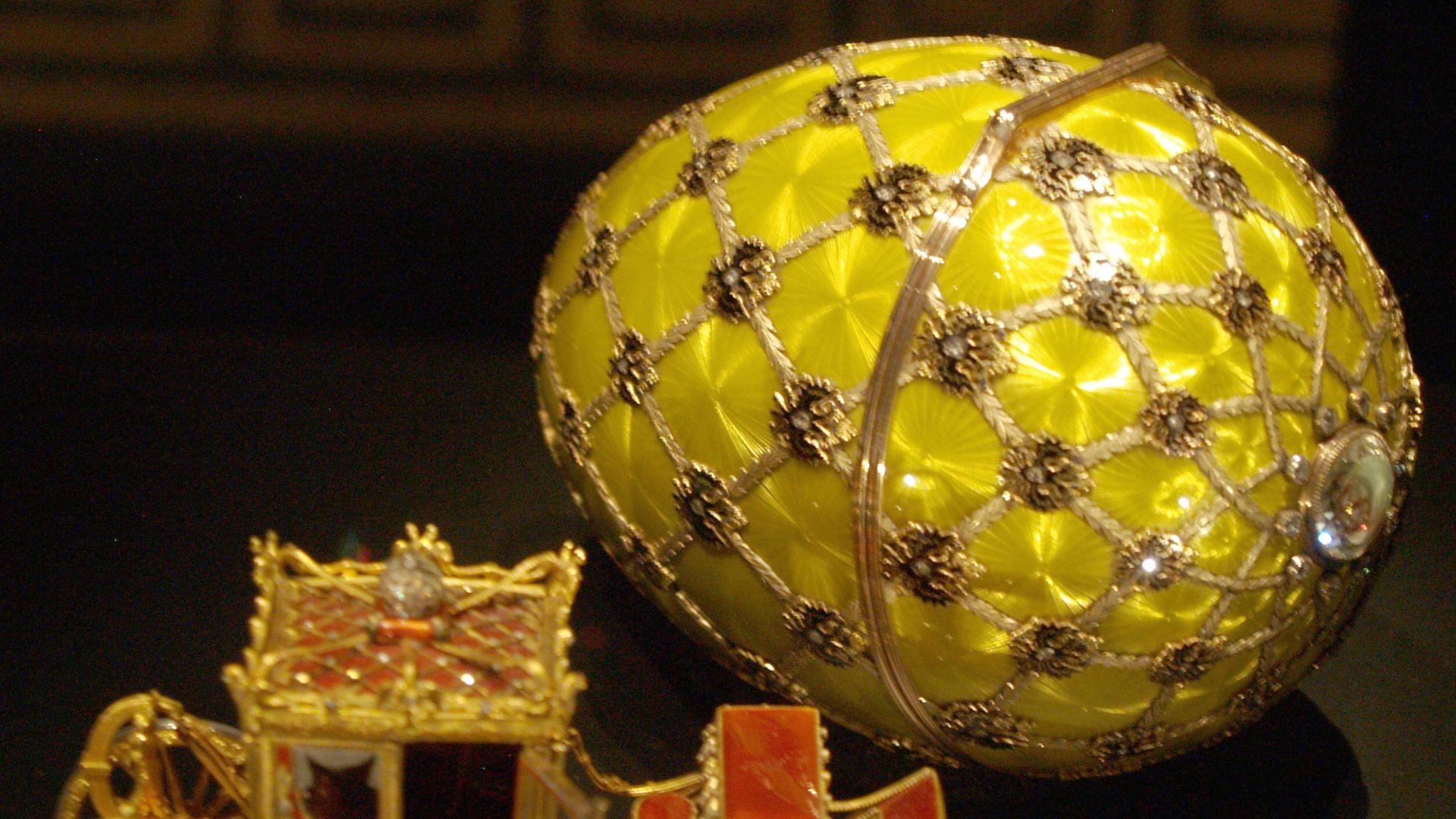 Miguel Hermoso Cuesta, Wikimedia Commons
Miguel Hermoso Cuesta, Wikimedia Commons
Buyer Plans To Melt Down Treasure For Quick Profit
Back home, the buyer eyed the egg with plans to scrap it for gold. He calculated its melt value, imagining a tidy gain. Little did he know, his plan nearly destroyed one of the most valuable relics of the Russian Empire.
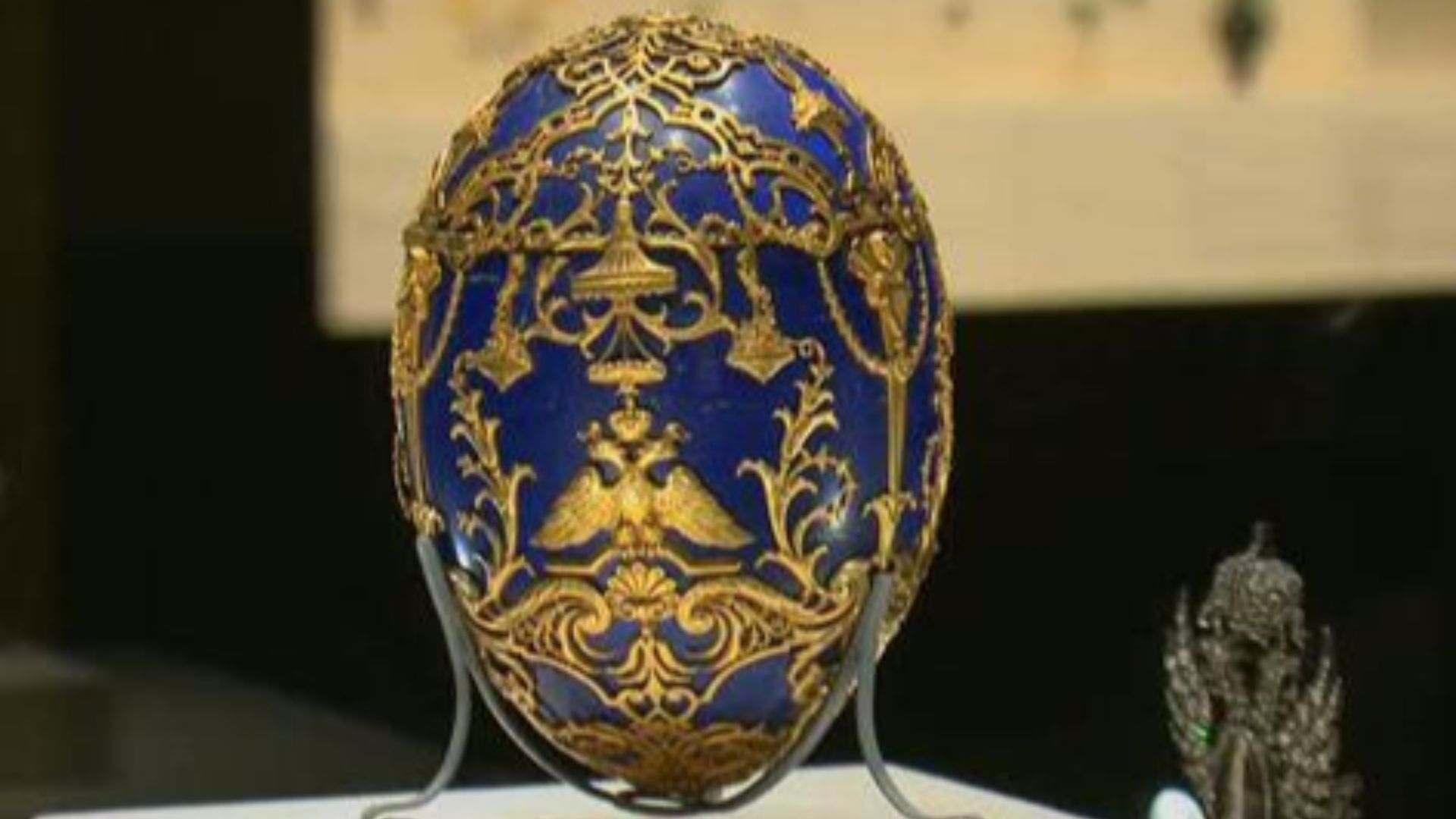 Photo: VOA - A. Greenbaum, Wikimedia Commons
Photo: VOA - A. Greenbaum, Wikimedia Commons
Egg Sat In The Kitchen Cupboard For Years
Before anyone knew its true identity, the egg sat quietly on a kitchen counter, occasionally shown to guests as an odd curiosity. It endured years of ordinary life, unaware of its royal past or the fortune it represented.
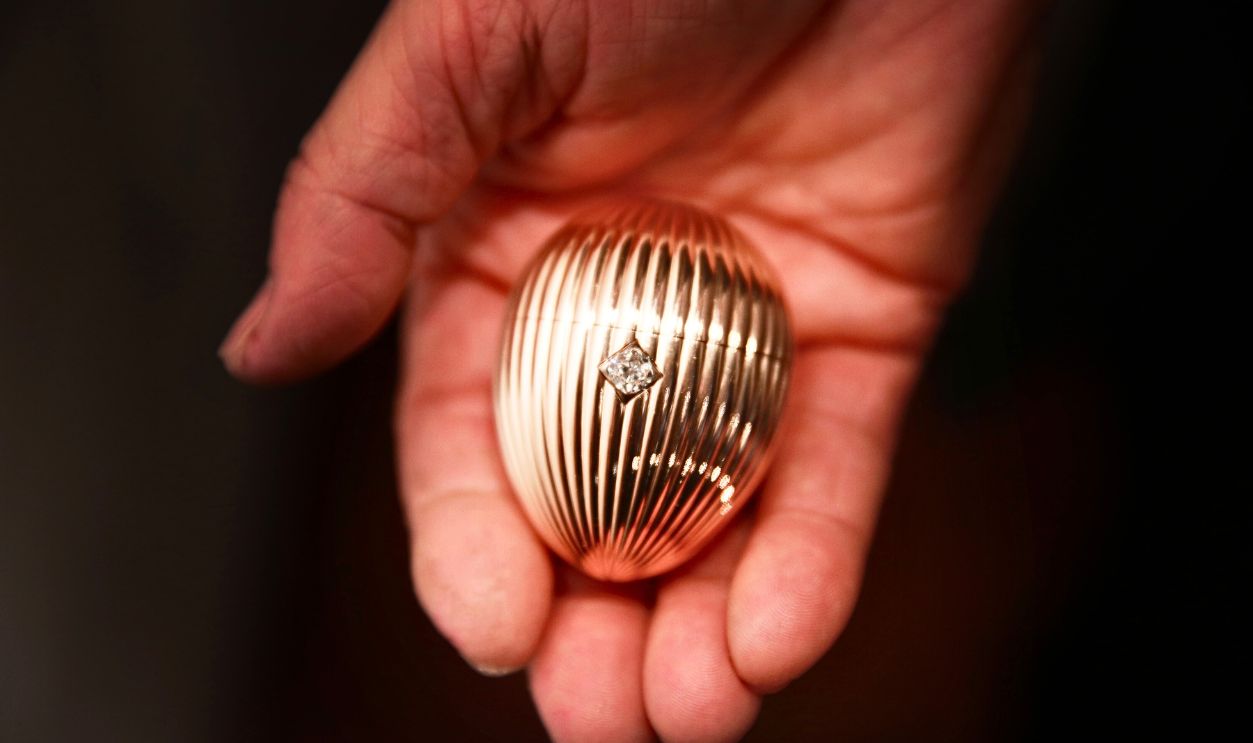 Peter Macdiarmid, Getty Images
Peter Macdiarmid, Getty Images
Internet Search Saves Priceless Artifact From Destruction
Curiosity pulled him back from the furnace. Before melting the egg, he searched online for “egg” and “Vacheron Constantin”. The results led him to a Telegraph article with photos that matched his find, revealing he was holding a lost Imperial treasure.
Third Imperial Egg Missing Since Russian Revolution Resurfaces
The world had long believed the Third Imperial Faberge Egg vanished after the 1917 Revolution. When this piece resurfaced in an American kitchen, experts could hardly believe it. Decades of speculation finally came to life through one accidental purchase.
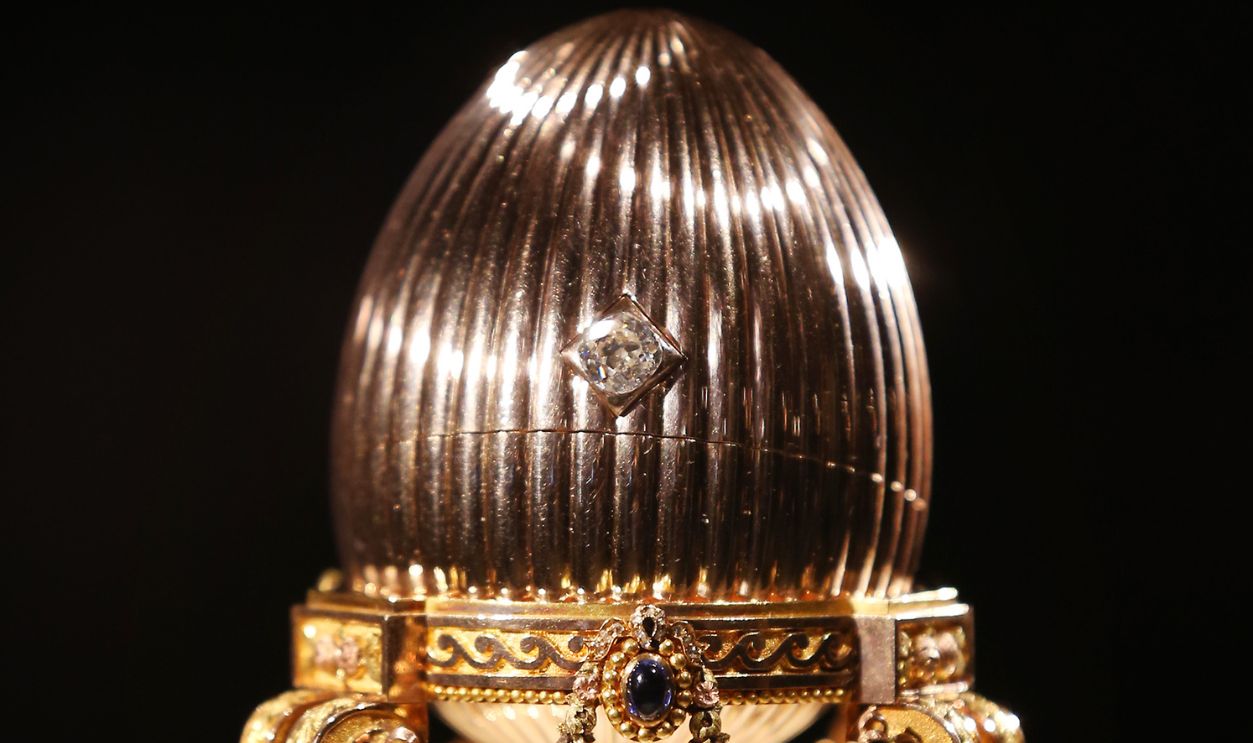 Peter Macdiarmid, Getty Images
Peter Macdiarmid, Getty Images
Wartski Expert Kieran McCarthy Confirms Authenticity
When photos of the egg reached London jeweler Wartski, Faberge specialist Kieran McCarthy immediately recognized its design. After examining it in person, he confirmed what few dared believe—the long-lost Imperial treasure had finally been found.
Jewel-Encrusted Masterpiece Worth Thirty-Three Million Dollars
Once authenticated, appraisers revealed its staggering worth: thirty-three million dollars. The humble scrap dealer’s impulse buy turned into a fortune that could rival royal estates, proving luck can sometimes rewrite history overnight.
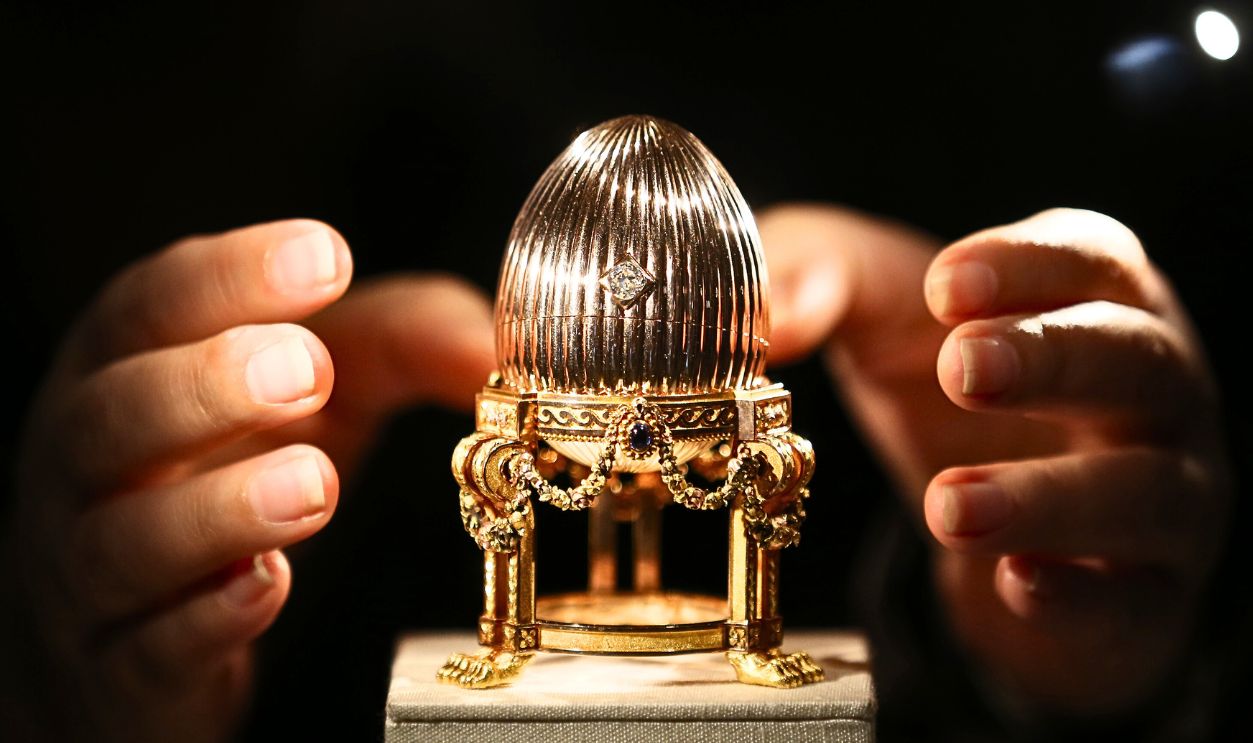 Peter Macdiarmid, Getty Images
Peter Macdiarmid, Getty Images
Dealer Receives Life-Changing Sum from Private Collector
Once word spread, collectors competed for the newly identified treasure. The scrap dealer, stunned by his fortune, ultimately sold it to a private buyer for a life-changing sum, turning a near-miss into a story for the ages.
Vacheron Constantin Watch Hidden Inside Golden Shell
The egg opened to reveal a surprise fit for royalty: a delicate Vacheron Constantin watch concealed inside its shell. Every detail, from the diamond-set hands to the intricate mechanism, reflected the mastery of Faberge’s finest era.
Gold Garlands Suspended From Cabochon Blue Sapphires
Up close, the artistry reveals a dreamlike quality. Gold garlands drape delicately between cabochon blue sapphires, their curves highlighted by the egg’s precise, elegant craftsmanship. Every inch whispers of Faberge’s devotion to elegance and precision.
 Peter Macdiarmid, Getty Images
Peter Macdiarmid, Getty Images
Diamond-Set Bows Top Colored Gold Decorations
Every inch of the egg sparkles with deliberate artistry. Diamond-set bows crown its surface, layered over gold tinted in soft shades of rose and green. The details feel intentional, as though Faberge himself wanted every glance to reveal something new.
 Peter Macdiarmid, Getty Images
Peter Macdiarmid, Getty Images
Lion Paw Feet Support Original Tripod Pedestal
At its base, three lion paw feet balance the egg on a graceful golden tripod. The design draws the eye upward and highlights the regal symbolism often found in imperial commissions—strength, grace, and majesty crafted in miniature.
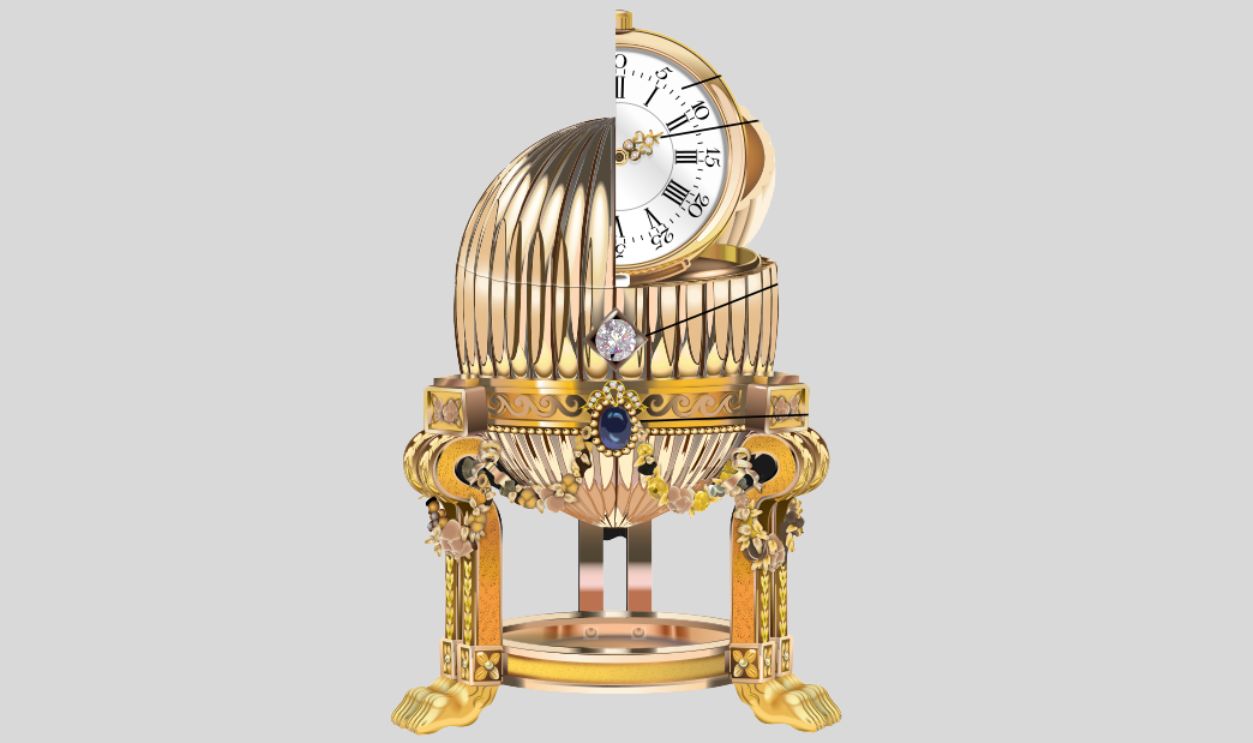 KDS4444, CC BY-SA 4.0, Wikimedia Commons
KDS4444, CC BY-SA 4.0, Wikimedia Commons
White Enamel Dial Features Diamond-Set Gold Hands
Inside the egg, a tiny Vacheron Constantin watch shines with a white enamel dial and diamond-tipped gold hands. The combination of precision and luxury reflects imperial taste, and its impact grows deeper once the story shifts back to the moment it first entered the Russian court.
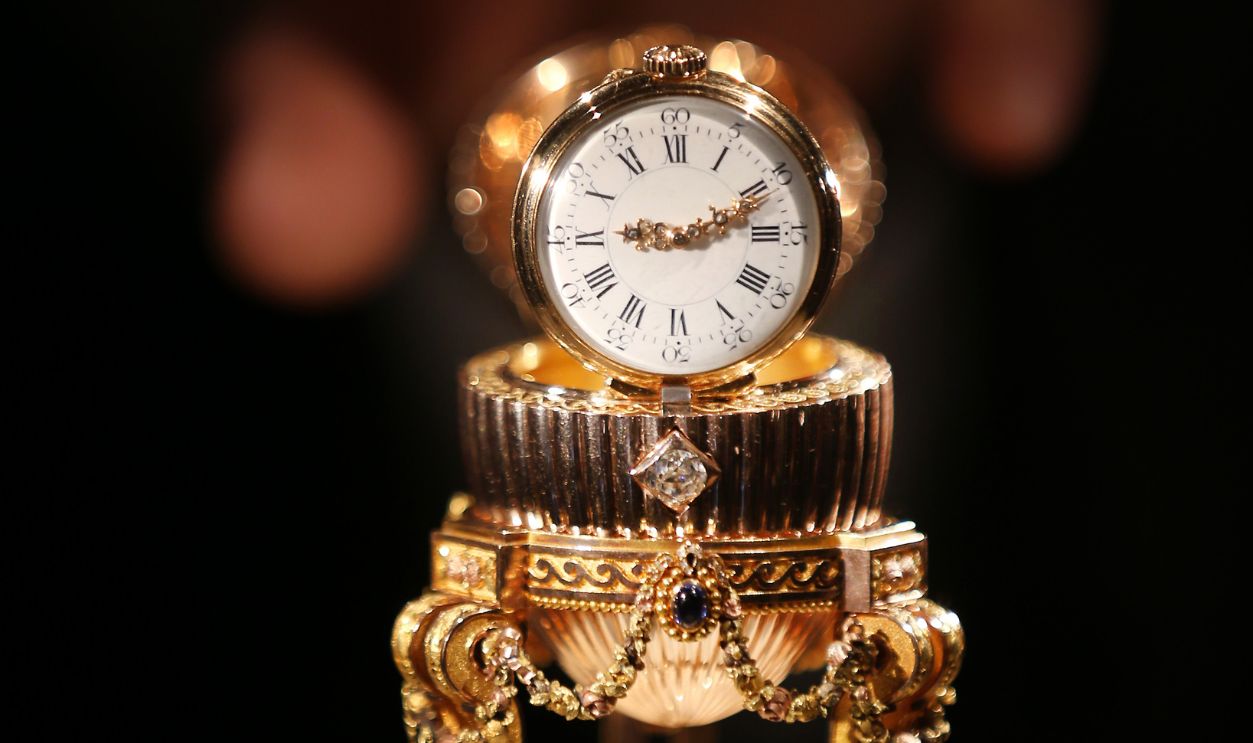 Peter Macdiarmid, Getty Images
Peter Macdiarmid, Getty Images
Alexander III Gifted An Egg To Empress Maria Feodorovna In 1887
Records show that this particular egg was created for Tsar Alexander III, who presented it to his wife, Empress Maria Feodorovna, as an Easter gift in 1887. The gesture reflected imperial grandeur, wrapped in gold and sentiment.
 Aleksandr Petrovic Sokolov, Wikimedia Commons
Aleksandr Petrovic Sokolov, Wikimedia Commons
Only Fifty Imperial Eggs Created For The Russian Royal Family
Between 1885 and 1916, the House of Faberge crafted just fifty Imperial Eggs. Each one represented unmatched artistry and devotion, meant solely for the Russian Tsar to present to their loved ones. This exclusivity made every egg legendary.
August Holmstrom Crafted Piece In St Petersburg Workshop
The egg’s creation traces back to August Holmstrom, one of Faberge’s master goldsmiths. Working in St Petersburg, he transformed sketches into this breathtaking piece by balancing opulence with engineering brilliance in every hinge and curve.
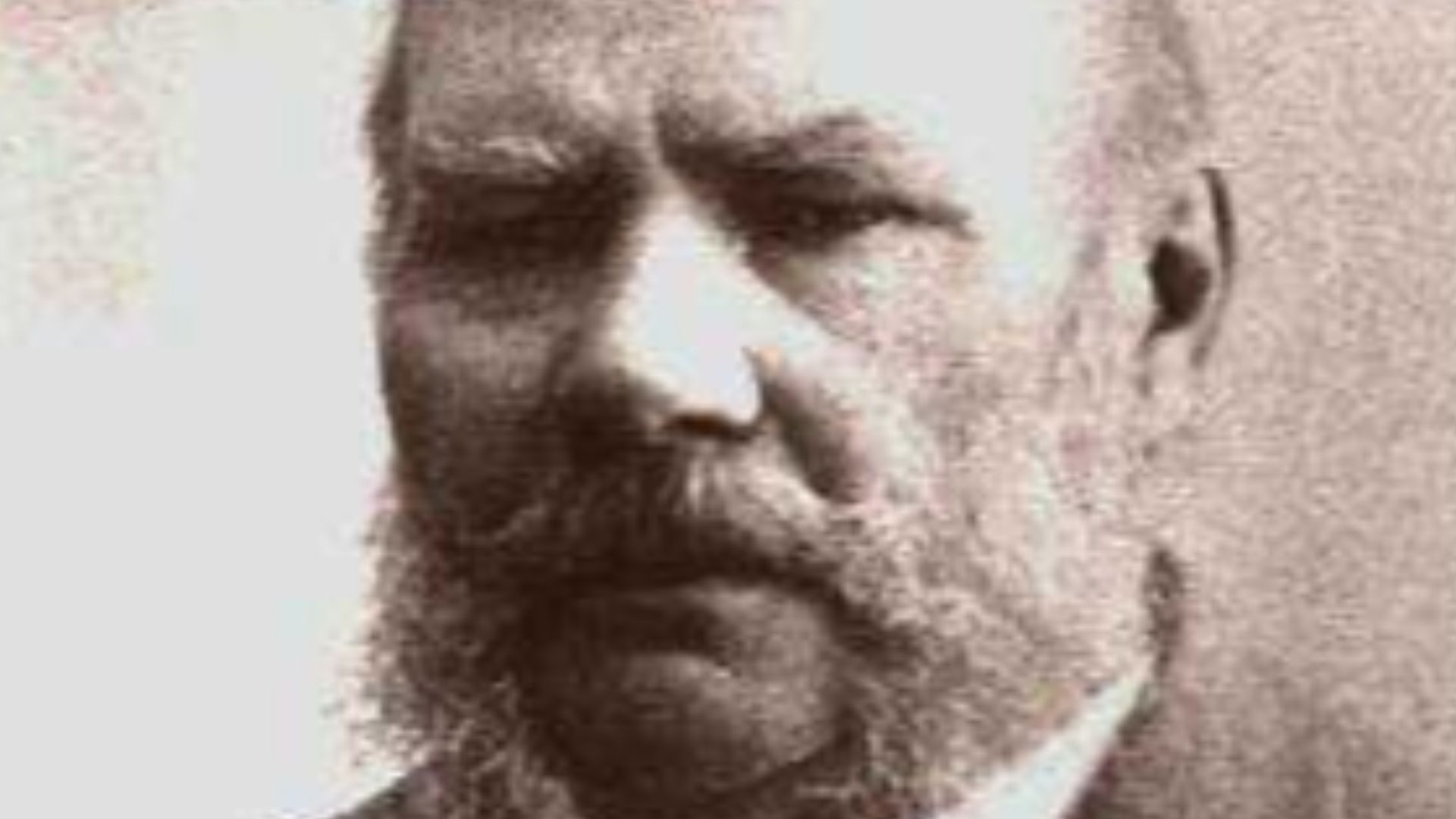 Unknown authorUnknown author, Wikimedia Commons
Unknown authorUnknown author, Wikimedia Commons
Charity Exhibition Photo From 1902 Helped Verify Identity
An old photograph from a 1902 charity exhibition in St Petersburg became the missing clue. The egg sat on display beside Empress Maria’s jewels, offering undeniable proof of its royal origin and capturing its life at court just before political upheaval scattered treasures across continents.
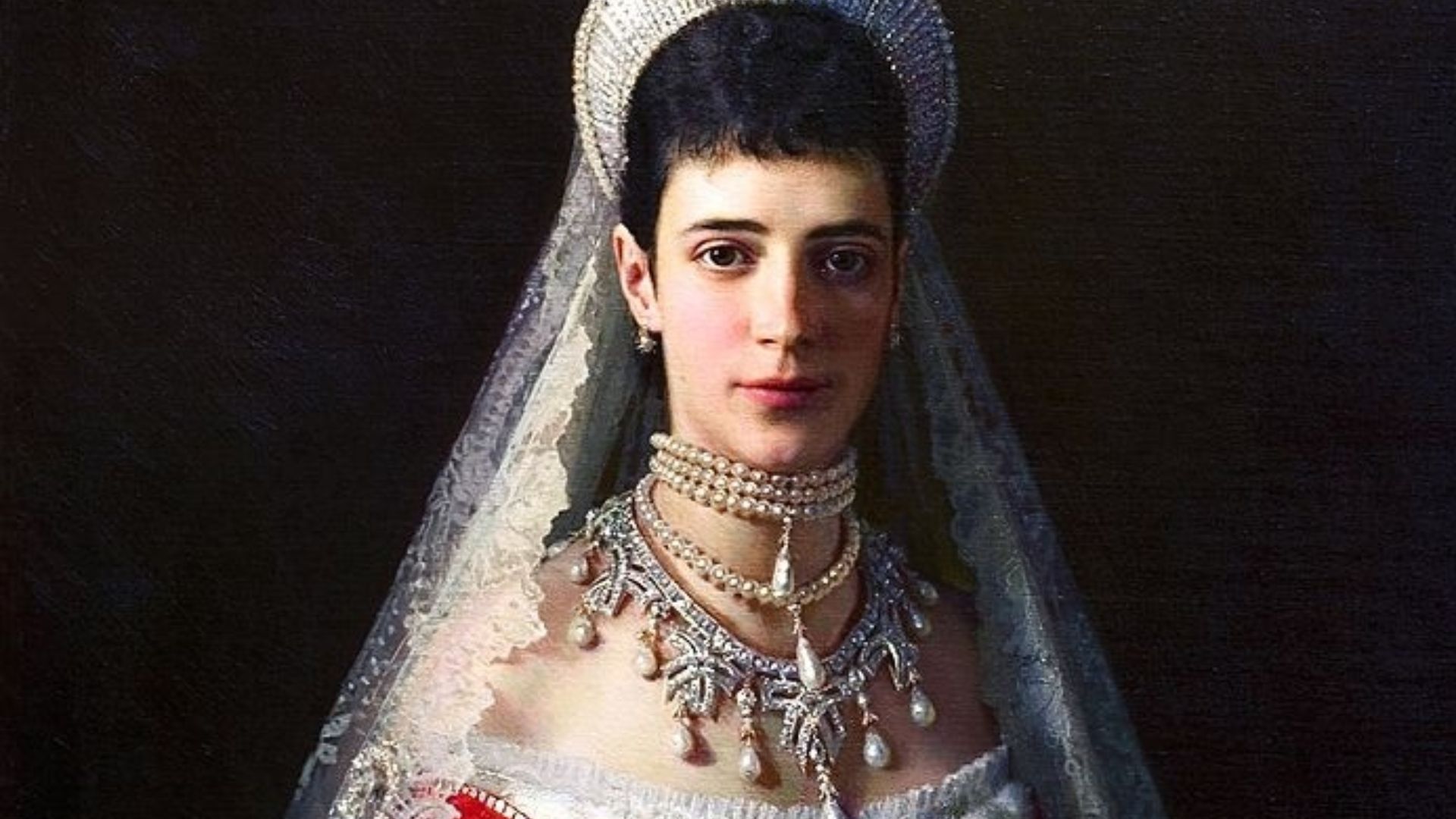 Ivan Kramskoi, Wikimedia Commons
Ivan Kramskoi, Wikimedia Commons
Bolsheviks Confiscated Imperial Treasures After Revolution
When the Russian Revolution erupted, the Bolsheviks seized royal treasures, which included the Faberge Eggs. Many were sold abroad to fund the new regime, while others vanished into private collections, leaving their fate uncertain for decades.
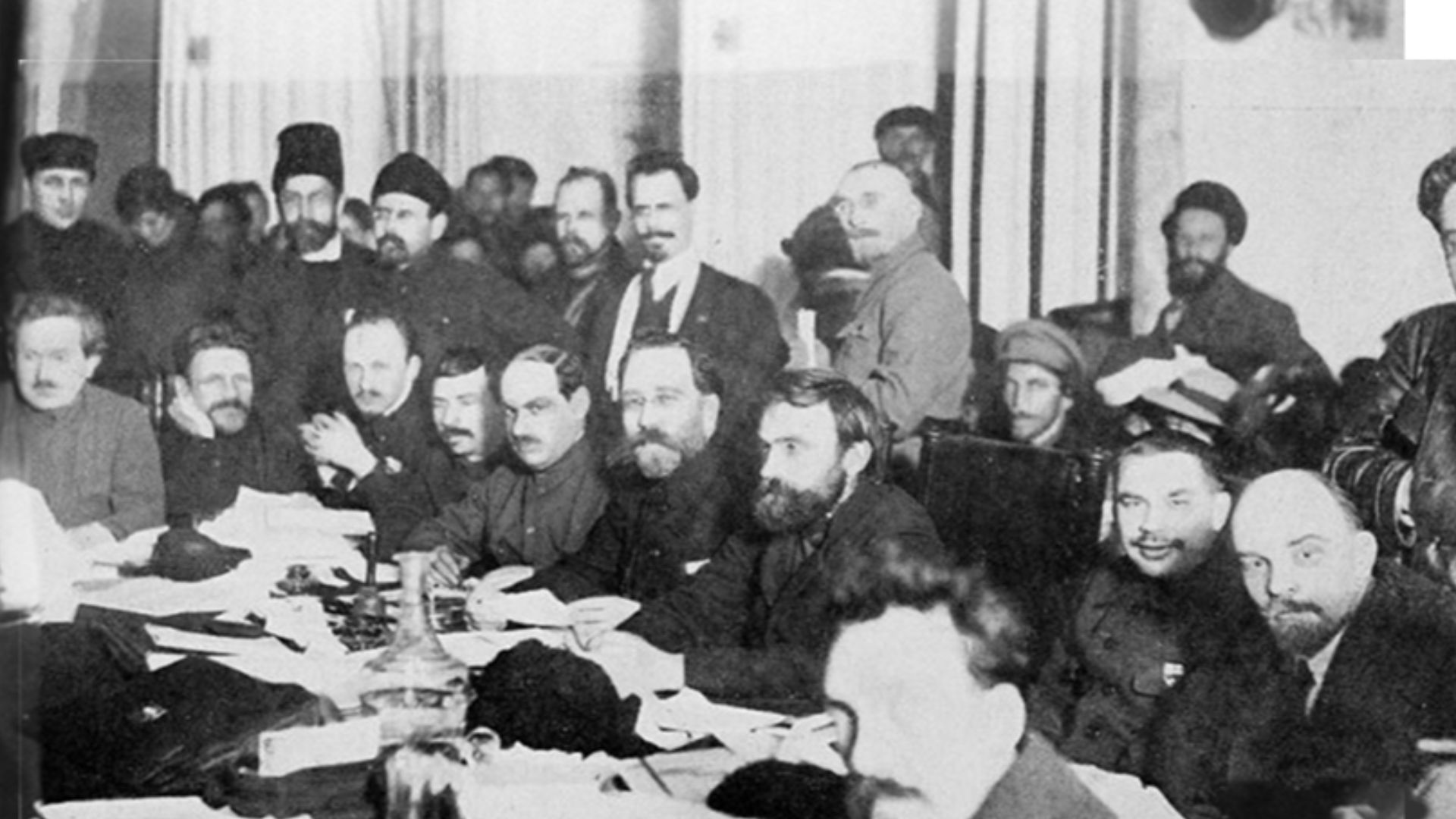 Unknown authorUnknown author, Wikimedia Commons
Unknown authorUnknown author, Wikimedia Commons
Stalin Auctioned Fourteen Eggs In 1930 For The Budget
In 1930, Joseph Stalin approved the sale of fourteen Imperial Faberge Eggs to raise funds for the Soviet government. Many left Russia through these transactions, eventually landing in private Western collections far from their original home.
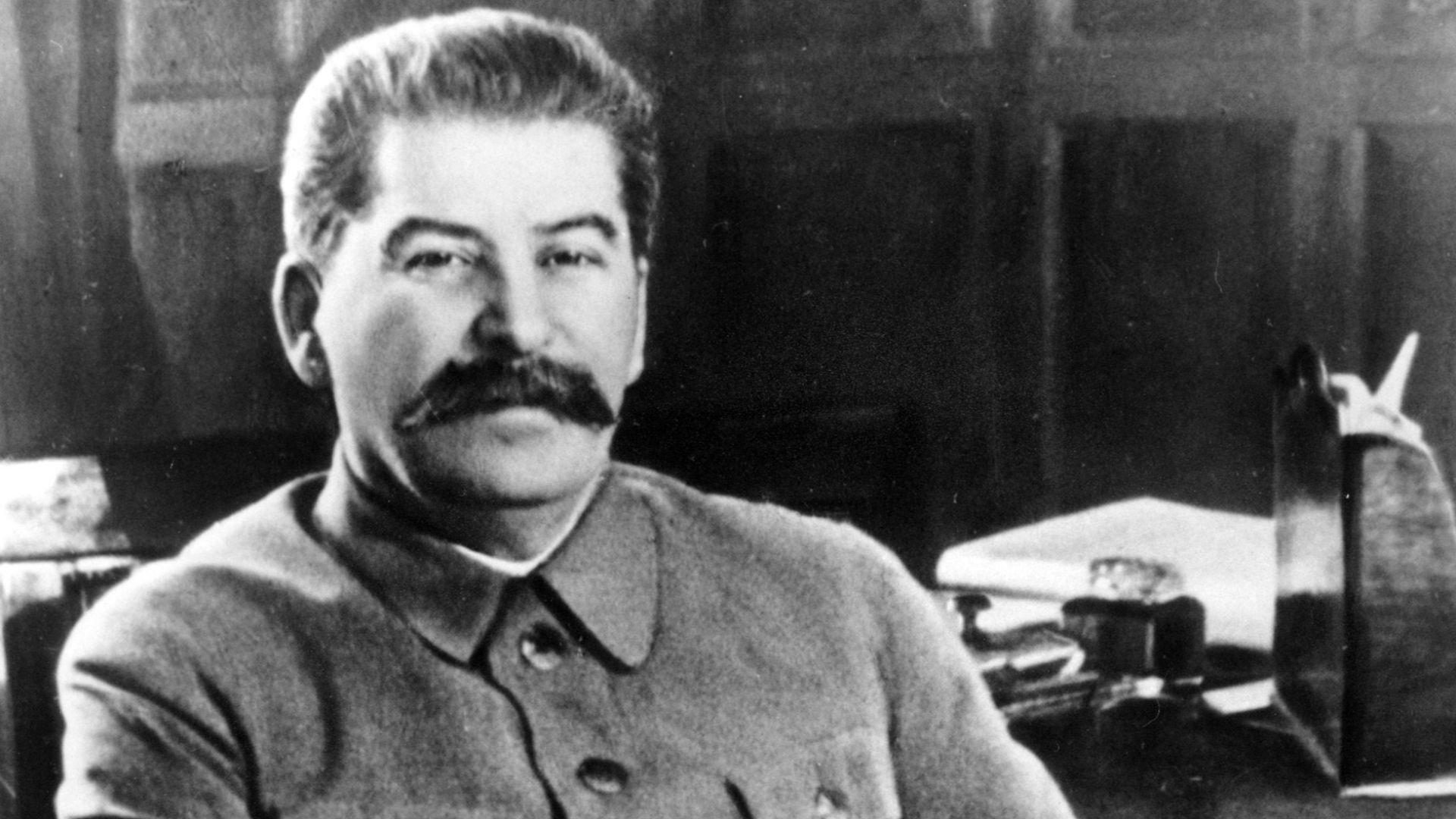 Unknown, presumably by a government employee as part of official duties, Wikimedia Commons
Unknown, presumably by a government employee as part of official duties, Wikimedia Commons
Armand Hammer Possibly Brought Treasure To The United States
Some historians believe American businessman Armand Hammer played a key role in bringing this egg across the Atlantic. His dealings with the Soviet regime made him one of the earliest conduits of Russian treasures to US buyers.
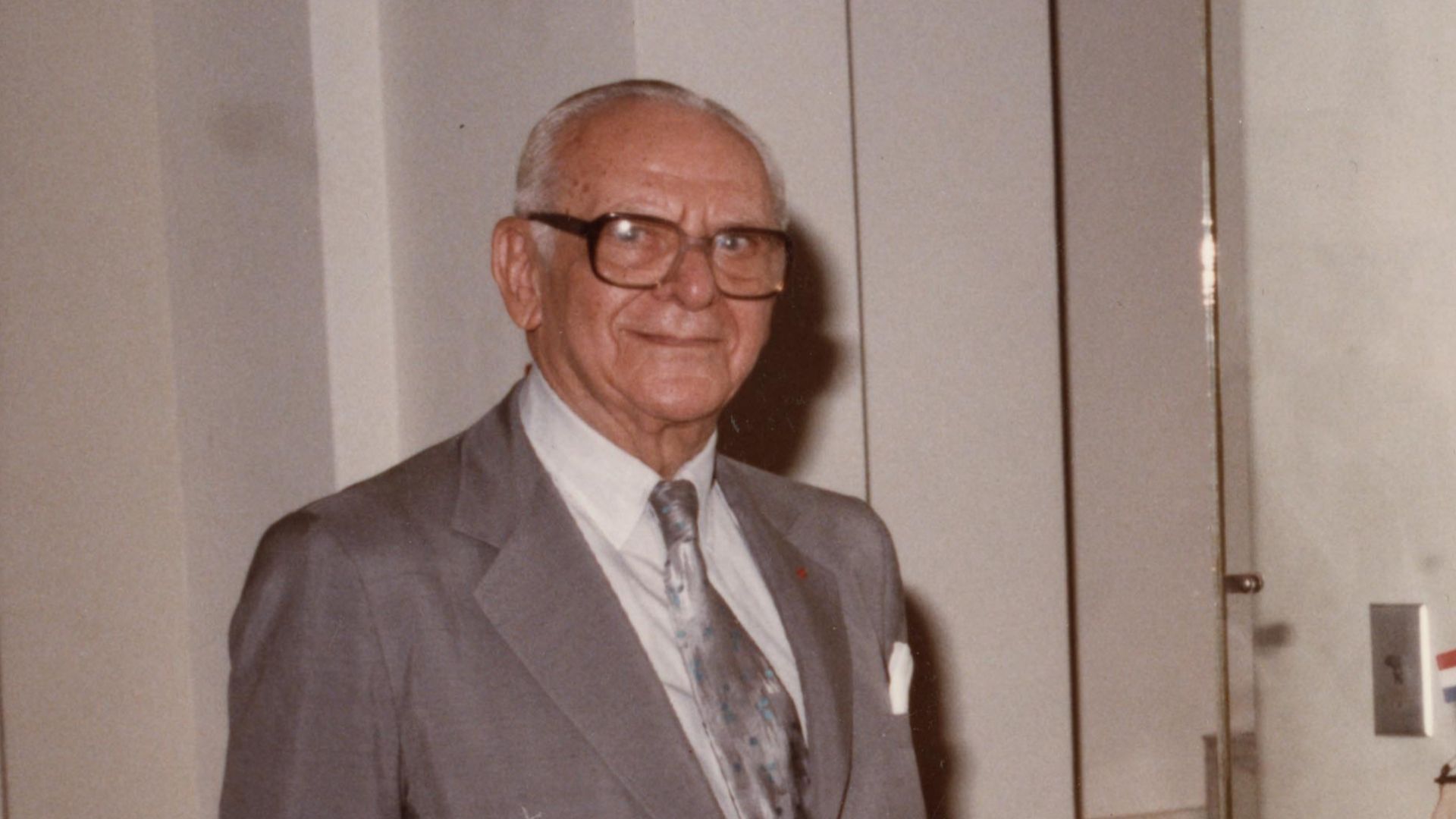 FDR Presidential Library & Museum, Wikimedia Commons
FDR Presidential Library & Museum, Wikimedia Commons
Egg Sold For $2,450 In 1964
In a twist of fate, the egg resurfaced in the 1960s and was sold at auction for just $2,450. Its true identity went unnoticed as it passed from hand to hand until a scrap dealer unknowingly became part of history’s grandest rediscovery.
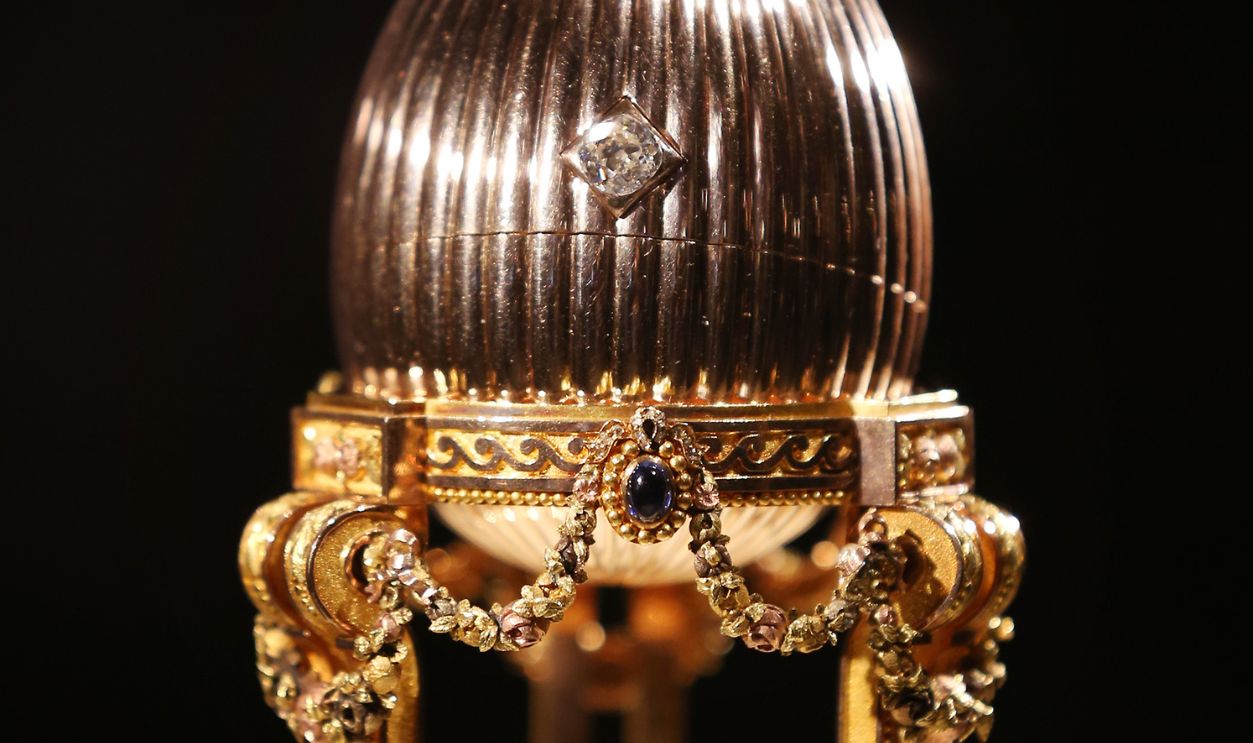 Peter Macdiarmid, Getty Images
Peter Macdiarmid, Getty Images
Parke-Bernet Auction House Failed To Identify Masterpiece
When the egg crossed the Parke-Bernet auction block in 1964, experts simply labeled it a “gold watch in egg form”. No one realized they were holding a royal masterpiece, and it quietly slipped through history, unrecognized and undervalued.
 Jim.henderson, Wikimedia Commons
Jim.henderson, Wikimedia Commons
Eight Imperial Eggs Remained Missing Before Discovery
Before the scrap dealer’s shocking discovery, eight of the original Imperial Eggs were still unaccounted for. Collectors and historians spent decades chasing clues. No one imagined one would turn up in a small-town flea market.
Public Display Planned After One Hundred Twelve Years
More than a century after it was last seen by the Russian court, the egg was prepared for public display. Crowds gathered in London, eager to glimpse the piece that had survived wars and years of obscurity.
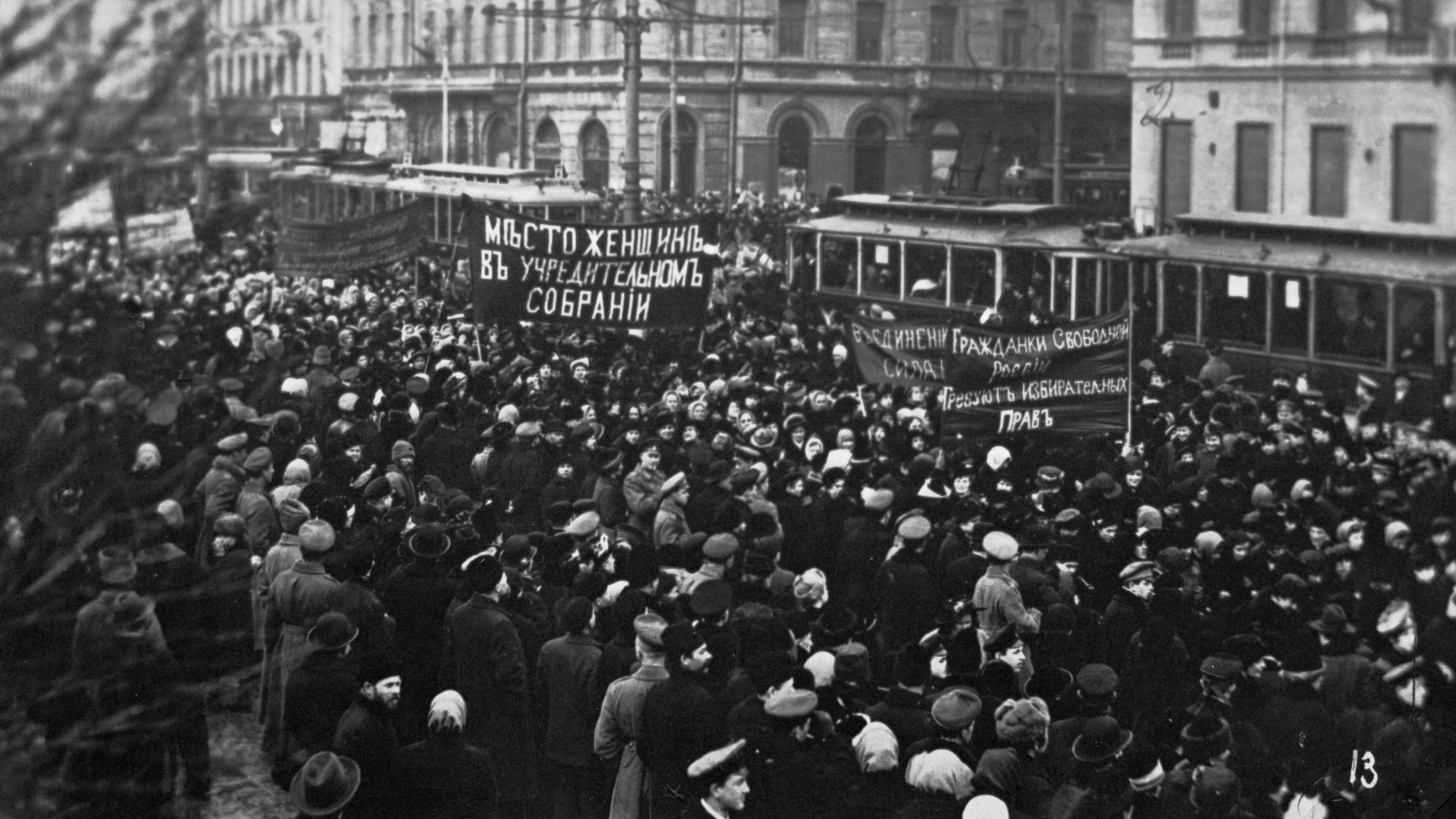 unknown; photo retake by George Shuklin, Wikimedia Commons
unknown; photo retake by George Shuklin, Wikimedia Commons





